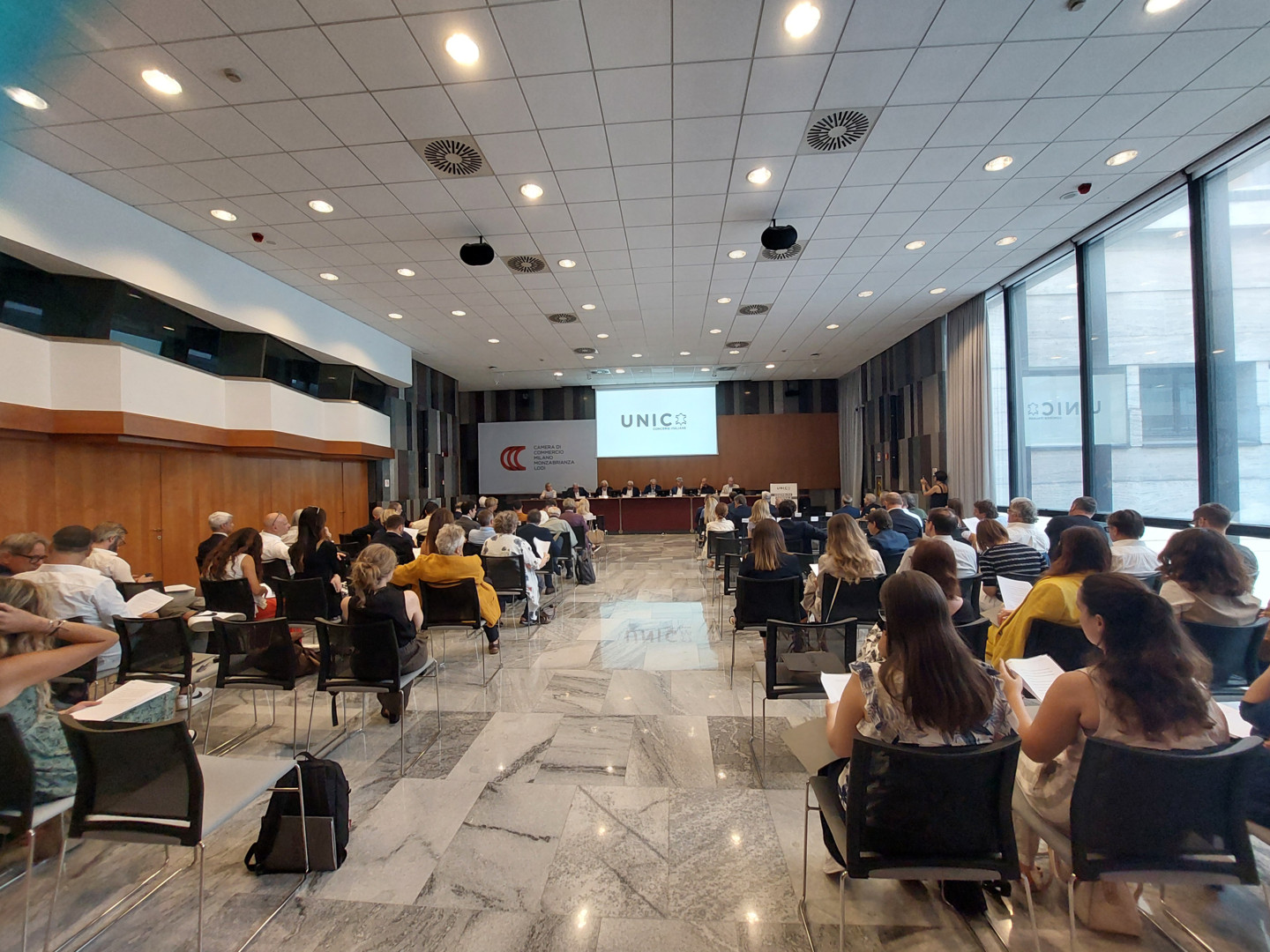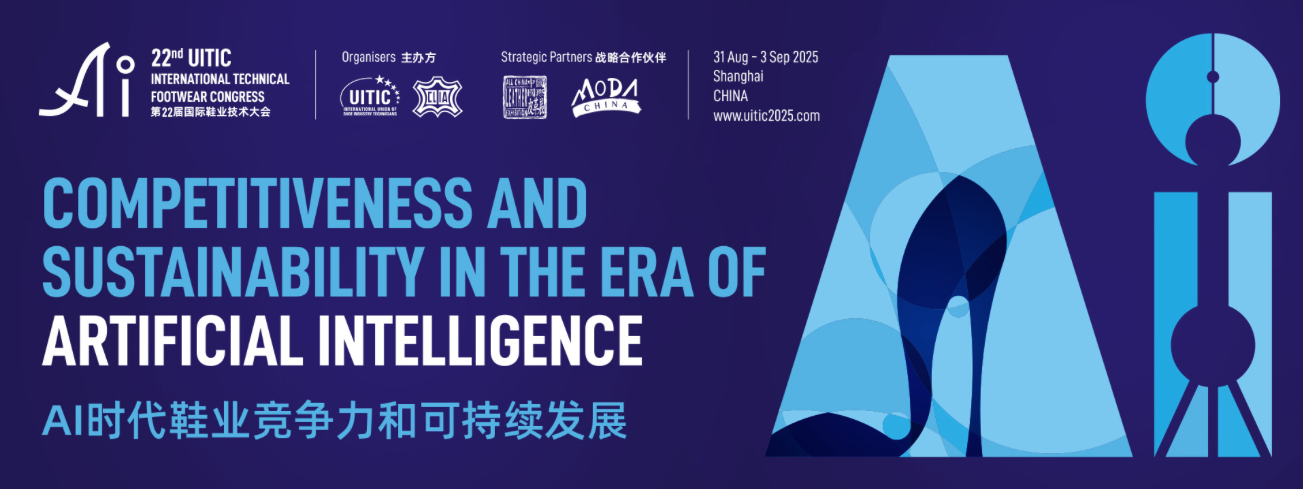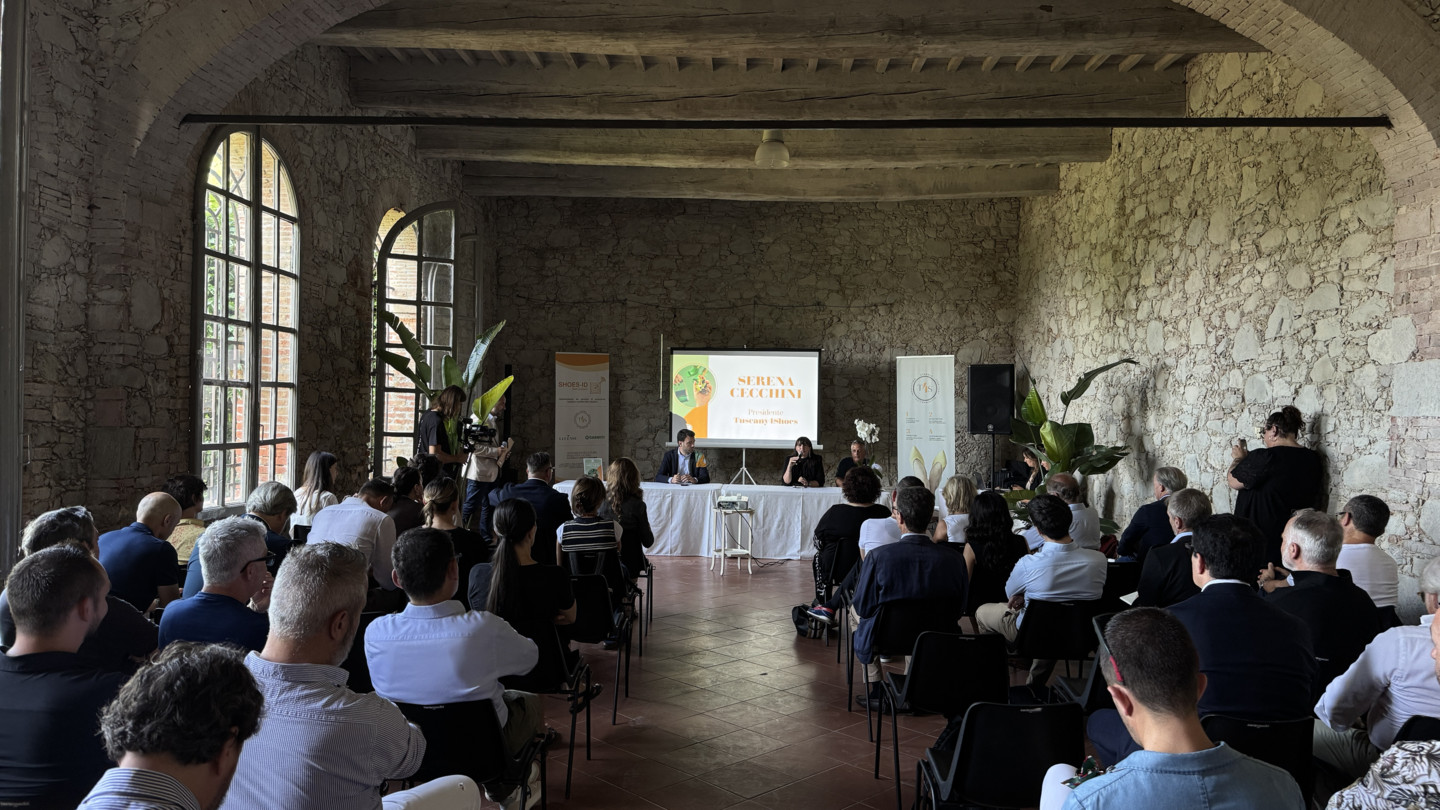
Italian tanners: let’s create a common home in Brussels with other natural materials
UNIC Assembly July 1 in Milan takes stock of activities and announces major projects to meet future challenges
Keep reading...
December 2024

Now in its third edition, it aims to initiate a serious and constructive debate on the theme of sustainable development, to chart the path towards a fair and effective transition.
The Venice Sustainable Fashion Forum was held last 24 and 25 October. This initiative was born from the collaboration of three key partners – Sistema Moda Italia, TEHA Group and Confindustria Veneto Est – and today sees the participation and support of 19 partners who share its values and objectives, recognising the need to initiate a serious and urgent debate on the theme of sustainability in the fashion industry.
During the third edition, in particular, the ‘Just Fashion Transition’ study was presented, addressing the progress, challenges and opportunities for the fashion supply chain inherent in sustainable transformation, in order to promote a collaborative dialogue and develop concrete solutions. The 2024 edition focused on two key questions that guided the research process: What will the fashion industry look like in 2030? How are fashion supply chains embracing change?
European fashion industry eight years behind schedule
According to the results highlighted by ‘Just Fashion Transition’, the European fashion industry may be eight years behind in meeting its climate targets. Although it has succeeded in decoupling economic growth from CO2 emissions over the past 6 years, it seems that at current rates it will only be able to meet the binding climate targets of Fit for 55 by 2038. Catching up with the projected decarbonisation pathway will require additional investments of €24.7 billion by 2030. Alternatively, reducing production volumes in order to stay within the planned emission limits is likely to result in 8 times higher revenue losses, and according to an analysis of the balance sheets of more than 2,686 companies, the required investments seem unlikely to be sustainable for 92% of the Italian companies in the supply chain.
Regulatory uncertainty hinders competitiveness
As its geopolitical influence in the world is steadily decreasing, 10 years after the Paris Agreement, Europe continues to promote sustainable transition mainly through laws and regulations. However, the lack of operational guidelines and well-defined regulatory frameworks is a source of uncertainty for businesses, at least for the next five years, and thus a brake on competitiveness compared to the rest of the world. In particular, while sustainability requirements and tools are increasingly focused on large companies, SMEs do not seem to be taken into account as much. They find themselves having to bear the burden of compliance without sufficient resources – a limitation that threatens to widen inequalities and hinder their competitive potential in a regulated market.
Furthermore, despite the EU’s increasing focus on end-of-life management of fashion products, the available infrastructure still does not seem to be adequate. While the European Commission is pushing towards waste recovery and reporting on unsold products, destruction is still a common disposal method for returned and unsold products in Europe, with 264,000-594,000 tonnes of textiles estimated to be destroyed each year (4-9% of the market). Furthermore, while up to 79% of unsold stock is recovered, only 57% of online returns manage to be handled in the same way, with handling costs amounting to 55-75% of the retail price. Furthermore, the revision of the Waste Framework Directive in 2023 introduced a new Extended Producer Responsibility (EPR) scheme, imposing a per-brand taxation based on ecodesign to promote durability and recyclability, with the support of Digital Product Passports; while Italy has already established separate collection systems for textiles, only 3 out of 4 cities have adequate facilities to manage it, with an actual collection potential of only 2.7 kg per capita compared to the 23 kg put on the market each year.
The weak role of the European financial sector
The European financial sector does not yet have all the levers to be the engine of the Just Fashion Transition on the continent. Without adequate financial support and a regulatory framework facilitating access to sustainable funds on the capital markets, the transition risks being underfunded, exacerbating inequalities especially among SMEs, which today account for almost 98% of the entire sector.
To date, only 35% of investments dedicated to the transition of European SMEs have been supported by external funding, and only 16% of these actually qualify as ‘sustainable’.
Few are in step with decarbonisation
Only one third of Europe’s 100 largest fashion companies are keeping up with the speed of decarbonisation required, the rest are lagging behind. On the one hand, the 34 large European fashion companies that are reducing their emissions twice as fast as required by Fit for 55 show that decarbonisation is possible. On the other, this highlights a significant lag for the rest of the sector. Furthermore, while progress is being made on climate, among the 100 largest EU companies only 7 companies are transparent about living wage and 28 still do not publish a Sustainability Report. Finally, the integration of ESG performance into variable executive pay is a widespread practice in only 25 per cent of companies, in contrast to other sectors where this share exceeds 90 per cent.
Lack of skills and low margins penalise Italian supply chains
Lack of skills and low margins make it difficult for Italian supply chains to cope with rapid change. Attention to ESG issues among companies in the Italian supply chain has decreased by about 3%, particularly among SMEs with revenues <€30m. In particular, manufacturing companies in the textile and apparel sectors show the highest level of sustainability awareness in the Italian supply chain, with values increasing as size increases, while leather, knitwear and footwear are further behind, especially among smaller companies. Large companies, in particular those with a turnover of more than €80 million, show a stronger sustainability watch in all segments analysed.
The main factors behind this slowdown are the lack of in-house expertise is the main obstacle for the lack of ESG presidium, while low profitability, constantly decreasing (between 7 and 11%), as well as high debt ratios make investments in decarbonisation difficult to sustain for about 92% of the companies, especially in the tanning and clothing sector.
The responsibility of governments
If the sector does not invest enough, European consumers may have to give up 21 garments per capita by 2030. Furthermore, although second-hand can be seen as a sustainable alternative to fast fashion, its benefits are reduced by the rebound effect: for every new garment purchase avoided, an average of 1.23 used garments are purchased. According to global consumers, governments are the main actors whose environmental actions are insufficient. In Europe, particularly among young people, there is a growing awareness that sustainability entails costs and sacrifices. However, this does not seem to translate into adequate action.
Conclusions
Neither markets nor institutions have yet achieved the pace required for a Just Transition. The annual growth of OECD economies is expected to drop by almost 30 per cent by 2060 to 1.3 per cent, mainly due to the decline of the working-age population, with a significant impact also on the emerging G20 countries23. At the same time, 2023 was the hottest year ever and scientists warn that without immediate action, most climate risks could reach critical or catastrophic levels by the end of the century, especially in southern Europe. Economic losses from coastal flooding alone could exceed €1 trillion per year.However, zero-emission policies are projected to result in global GDP growth of 7 per cent over projected levels if inaction is taken.
In this context, without structural changes, it seems unrealistic for companies and businesses to prosper. It is therefore important to highlight three key points today:
– markets and pricing systems do not incentivise sustainability. On the contrary, it is often perceived as an unprofitable investment, motivated mainly by ethical or compliance reasons;
– regulation alone will not be sufficient to accelerate the sustainability transition. On the contrary, it may push companies towards an approach geared more towards reporting than towards improving performance.
– the costs of transition cannot be assessed alone. Rather, the costs of action should be measured and compared in the long run with the costs of inaction, which in the case of climate change can be difficult to manage.
5 Proposals for a European Just Fashion Transition to 2030
– Institutions need to close the regulatory gap quickly in order to allow companies to make medium- to long-term decisions.
– Simplify financial instruments for SMEs to enable them to invest in sustainability by providing easier access to credit and offering favourable sharing.
– Build and disseminate skills at national level, involving universities and research to test scalable solutions, developing initiatives to disseminate among SMEs the skills needed for the transition and create a future-proof workforce.
– Develop a national strategic plan to identify ways to integrate sustainability costs into price structures, facilitating the eradication of caporalisation, as well as sharing time, methods and tools to combine public and private financing.
– Feed the process of market concentration, especially among SMEs, to increase productivity and investment capacity, including through tax breaks and access to credit, but also with public funding.

UNIC Assembly July 1 in Milan takes stock of activities and announces major projects to meet future challenges
Keep reading...
The programme for the international event dedicated to footwear technicians and all operators in the sector is now available.
Keep reading...
The title "Green Day" of the event held with the support of the Municipality of Capannori on 27 June 2025 summarises the many initiatives concerning sustainable fashion and environmental responsibility.
Keep reading...You must login to read this free content
This content requires a subscription to view. Are you already a subscriber? Sign in